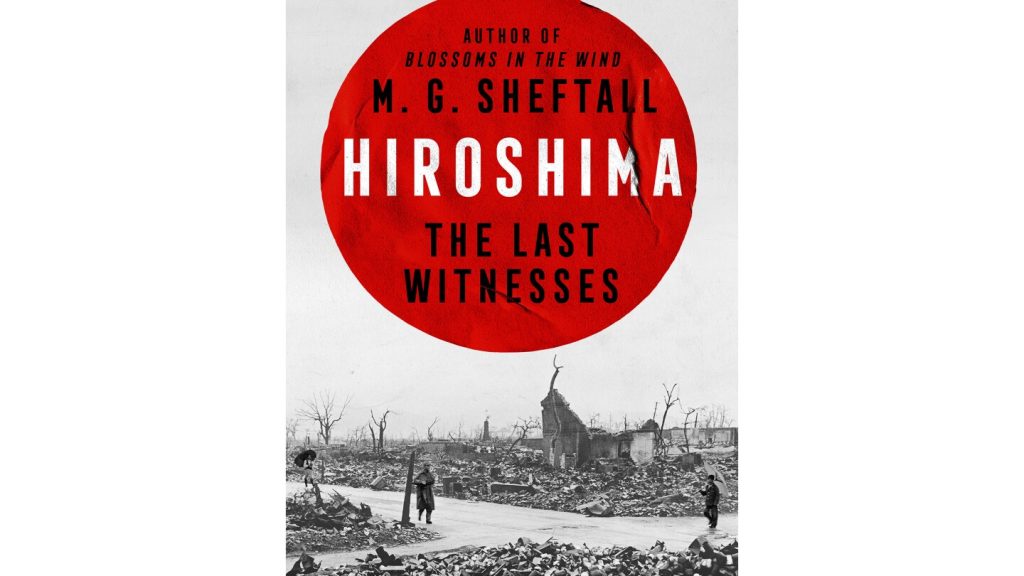In M.G. Sheftall’s book, “Hiroshima: The Last Witnesses,” the oral history of the survivors of the atomic bombing of Hiroshima is carefully and respectfully recounted. The accounts in the book come from a variety of individuals, from engineers to schoolgirls, all sharing the same message of the horrific nature of the bombing. The stories lead up to and circle around the events of Aug. 6, 1945, and describe the aftermath through the eyes of the witnesses. The experience of reading these stories is compared to recalling a giant nightmare that is difficult to read in one sitting.
Sheftall, an American living in Japan since 1987, conducted interviews with dozens of survivors, known as “hibakusha,” to compile the stories in his book. The book not only describes the bombings themselves but also delves into the world that the survivors knew before the bombs and the new Japan they helped to rebuild. Despite the effective retelling of the events, the detailed explanations of the cultural backdrop in some parts of the book may seem lengthy and painstaking to some readers. The hibakusha, many of whom are now over 90 years old, are at risk of having their stories forgotten.
The book includes a chapter debunking the myth of being “vaporized” by the atomic bomb, highlighting the gruesome reality of the injuries and deaths caused by the bombings. Survivors faced severe injuries such as missing faces and eyeballs, along with the long-term effects of radiation poisoning. The book portrays the ruthlessness of the violence and gory details of the aftermath as a cautionary tale about the dangers of nuclear warfare. It emphasizes the importance of remembering the stories of the hibakusha and the horrors they endured.
The survivors of the atomic bombing of Hiroshima, as depicted in Sheftall’s book, share their firsthand accounts of the devastation and suffering caused by the bombings. The stories serve as a reminder of the unimaginable horrors of nuclear warfare and the importance of working towards peace and disarmament to prevent such tragedies from happening again. Through the voices of the hibakusha, the book sheds light on the human cost of war and the resilience of those who survived the deadliest weapon ever used in conflict. It is a sobering reminder of the need to remember and learn from the past to build a more peaceful future.


